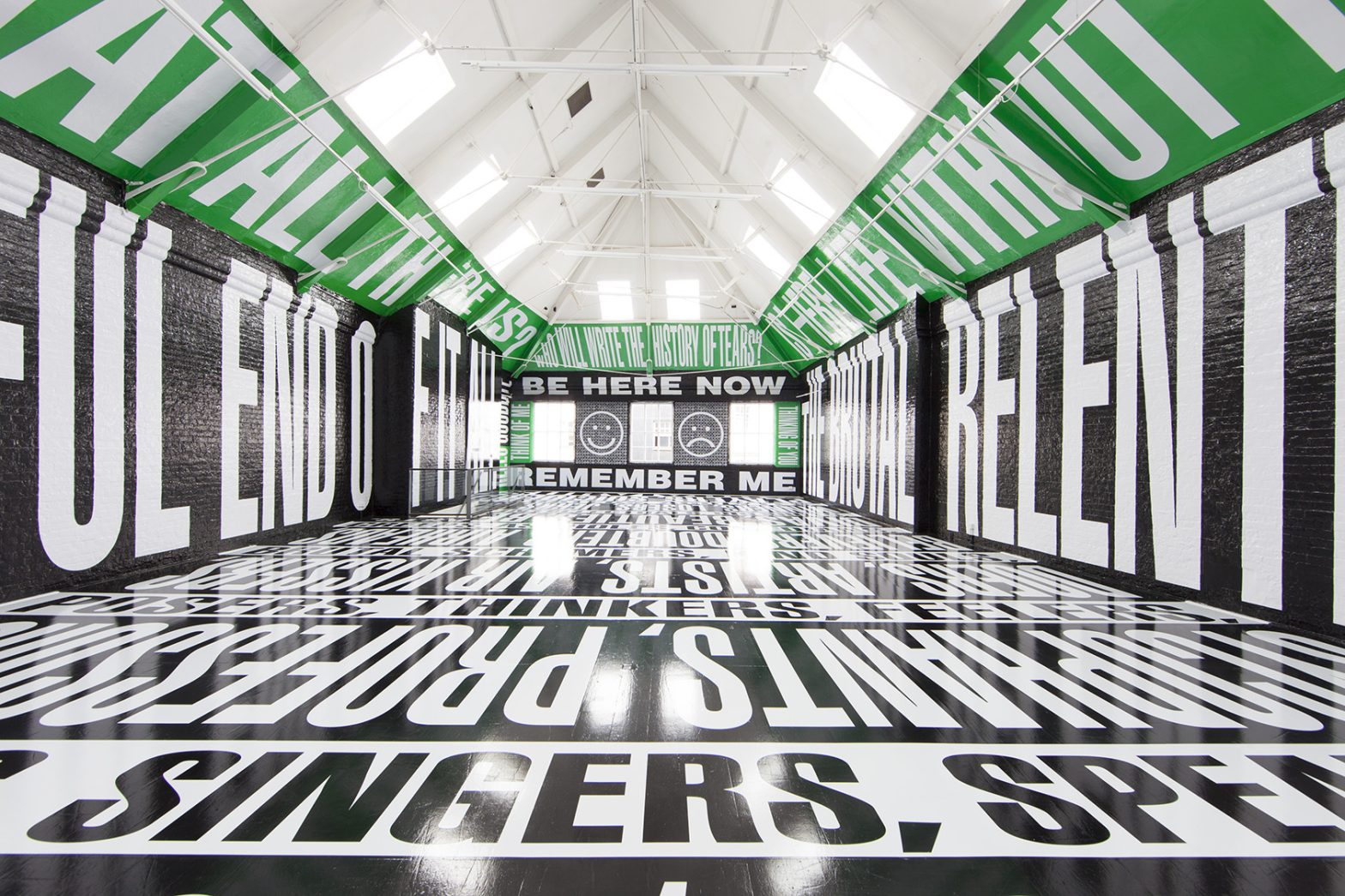In our latest MAO Assembly response to art under lockdown, David Barron inspires us by road testing some of the ingenious creativity taking place online right now.
Just before the world went into coronavirus lockdown I went to a closing party at a pop-up gallery in the centre of Oxford. The crowd of local artists and collectors would normally have been hugging and kissing as they met friends, but already by this point such physical contact was taboo. But at least we were all in the same room! How much more isolated has life become since that party, only six weeks ago. Although many artists are used to working alone, isolation can impact on anyone’s creativity and, more generally, on anyone’s mental health. Luckily, creative people have responded imaginatively to the situation, so there are plenty of opportunities for engagement with the visual arts, artists and art-lovers, even if it all has to be done online.
The artist Keith Tyson has created the @isolationartschool on Instagram. His idea was simply to match artists who would normally have been teaching with the adults and kids with time on their hands. Each day, there have been projects, tips and demonstrations from artists, many aimed at children but also plenty for adults. One of my favourites was watching Jonathan Yeo paint a portrait of Dexter Fletcher live via Facetime, which is still available to watch. It turns out that listening in to the conversation is as interesting as watching the painting, something that was also true when Sky TV showed four hours of Christabel Blackburn painting a portrait of the dancer Akram Khan on Facebook. There must be a future TV series in this, surely! Both Sky and Yeo are planning to do this again.
“Virtual” life drawing isn’t a completely new idea – both the Royal Academy and the BBC have broadcast live life drawing sessions recently, for example – but they have really taken off during lockdown as art schools and life models attempt to find sources of income during their enforced closure. My favourite is London Drawing because they aren’t just providing a less satisfactory version of a conventional life class. Their founder, Anne Noble-Partridge, told me it was important to them to exploit the possibilities of Zoom-based life drawing classes creatively, just as they do when designing classes in any new venue. For example, it is possible to get extreme close-ups and views with unusual distortions that would be impossible in a traditional life-room. From my experience of having these classes, I can say that it really is a completely different, but no less absorbing, challenge to normal life drawing. It’s almost like a completely different genre in its own right. They have also developed online classes that involve a mindfulness warmup before drawing, and ideas about making your own art materials for people whose supplies are running short. The possibilities provided by this form of class have been such a revelation that it’s likely they will continue in some form even after normal events can recommence.
There are also many opportunities to “visit” galleries and museums online. @artofsocialdistancing on Instagram is dedicated to publicizing art exhibitions around the world that have had to close because of the pandemic. Many have virtual tours of various types, including our own Johanna Unzueta show. One of my favourites is the Van Gogh Museum in Amsterdam, which has 1,443 high-resolution scans of his paintings, sketches, and letters. You can also take online courses. The Museum of Modern Art in New York has a set of free courses. Some are aimed at artists wanting to develop their skills, some at people wanting to learn more about contemporary art, and some at people interested in engaging children and young people. I’m doing “What is Contemporary Art,” which I perhaps shouldn’t admit to, but we’ve all got new things we can learn!
So, there’s no shortage of ways of helping you engage in creative activities while you can’t go to your favourite museum or life class in person. Feel free to add your suggestions in the comments.
David Barron is a volunteer at Modern Art Oxford and a member of the MAO Assembly editorial team.
If you have a story to tell, visit our MAO Assembly page to find out more and get involved.
